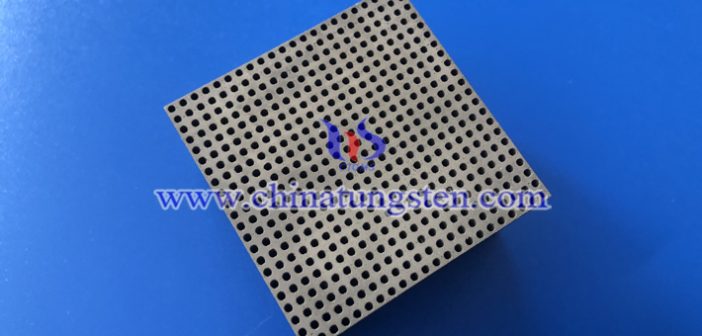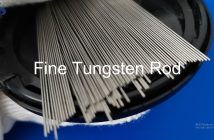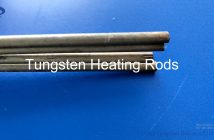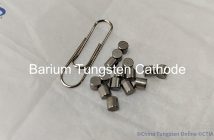Metal additive manufacturing is gaining popularity. Aluminum, bronze, chromium, stainless steel, iron and copper are just a few examples of the most commonly used metals. Some of these—often in the form of alloys—are already available for the additive manufacturing industry, and these elements are typically processed by laser powder bed melting or electron beam melting.
One special metal that shows great potential in the field of additive manufacturing, especially 3D printing for the automotive and aerospace industries, is tungsten because of its outstanding mechanical strength, high stiffness and high thermal load capacity.
Tungsten has the highest melting point of any metal at about 6,152°F (3,400°C), making it ideal for energy and lighting technology, but also difficult to manufacture. In its current state, the biggest challenge with using tungsten in additive manufacturing is that printed parts are often prone to cracking, which greatly affects quality. This problem is especially prevalent in more complex, precise shapes with curves or holes that cannot be modeled using traditional crafting or machining techniques. But now there is a solution: 3D printing.
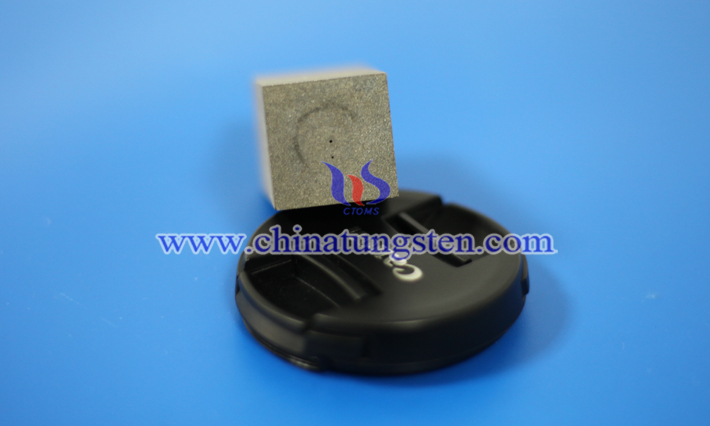 3D printing is the process of making three-dimensional solid objects from digital files, the creation of which is achieved through additive processes. In an additive process, objects are created by placing successive layers of material until the object is created. Each of these layers can be viewed as a thin sliced ??cross-section of the object. 3D printing enables you to produce complex shapes using less material than traditional manufacturing methods.
3D printing is the process of making three-dimensional solid objects from digital files, the creation of which is achieved through additive processes. In an additive process, objects are created by placing successive layers of material until the object is created. Each of these layers can be viewed as a thin sliced ??cross-section of the object. 3D printing enables you to produce complex shapes using less material than traditional manufacturing methods.
Depending on process conditions, tungsten has bulk and optically determined densities between 94% and 98%, but parts can experience microcracks and defects due to residual stresses on the micro and macro scales. Even so, the density and quality of the samples produced during the 3D printing process are high enough for applications such as medical radiation shielding and nuclear imaging, as well as other plasma-oriented environments. And the parameters of laser powder bed fusion can be tailored to produce relatively dense tungsten parts.
3D printing tungsten allows new applications for the material as it can produce parts with high precision and complexity. Other researchers have studied tungsten 3D printing before, and 3D printed tungsten components have even been commercialized. Despite the challenges, tungsten has proven itself to be a valuable 3D printing material.

